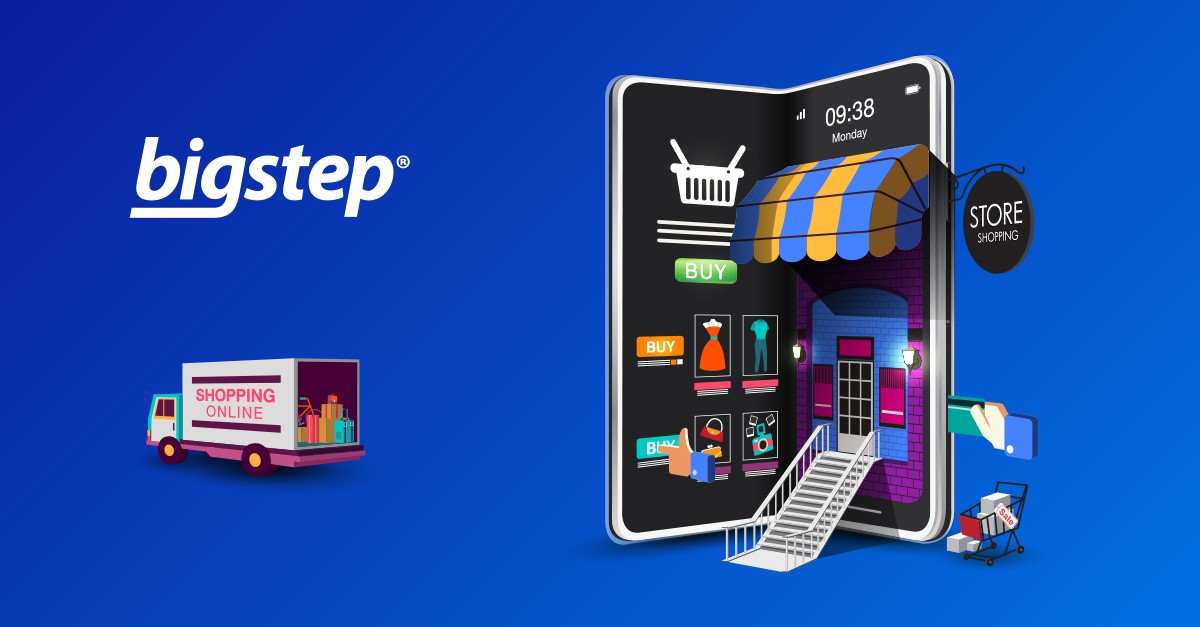- Advertising
- Bare Metal
- Bare Metal Cloud
- Benchmarks
- Big Data Benchmarks
- Big Data Experts Interviews
- Big Data Technologies
- Big Data Use Cases
- Big Data Week
- Cloud
- Data Lake as a Service
- Databases
- Dedicated Servers
- Disaster Recovery
- Features
- Fun
- GoTech World
- Hadoop
- Healthcare
- Industry Standards
- Insurance
- Linux
- News
- NoSQL
- Online Retail
- People of Bigstep
- Performance for Big Data Apps
- Press
- Press Corner
- Security
- Tech Trends
- Tutorial
- What is Big Data
Checkmate: Which Is the Queen’s Gambit Move for Servers?
Configuring a server is much like playing chess. One wrong move, and your website is down. As with chess, you need to think carefully about each step you take towards servers: starting from the right server type, to the correct server configuration for your use case, and to the right sysadmin or managed services. A server is only as powerful as its hardware, and as flexible as you make it, and your business depends on it.

It’s one thing to play chess, another to play chess well. Same goes with servers. It’s one thing to have a cheap shared server, another to have a powerful and reliable bare metal server. Depending on your business needs and use case, you’ll have to make a well-thought-out decision. There are several types of servers you can choose from for your business.
The Queen’s Gambit for Server Types
As with all gambits in chess, you start by sacrificing something. The Queen’s Gambit move allows the white player to sacrifice a wing-pawn to get control of the center in early game.
Same goes for servers – you’ll need to sacrifice some features in order to gain some others. To put it in a few words:
- With shared servers, you sacrifice power, resources and security for price.
- With VPS, you sacrifice resources and security for price.
- With cloud, you sacrifice power and security for flexibility.
- With dedicated servers, you sacrifice flexibility for power and security.
- With bare metal servers, you gain power, flexibility, and security for a slightly higher price.
Bare metal server providers (including us ;) ) offer a more flexible, per-hour billing model where you are in full control of the cost. Compared to dedicated servers, which you usually rent on a monthly/yearly basis, bare metal servers allow you to pay per use as well as regular subscription. By using bare metal servers, you can choose the best move for your victory.
Server Types on a Chess Board
To continue the allegory, let’s see which roles would different types of servers play on a chess board.
- Shared servers are like pawns, cheap and expendable.
- Virtual private servers are similar to knights, since they can be very useful but only for certain moves (use cases).
- The public cloud is like the bishop, it’s very flexible, but doesn’t have too much power, and adds tons of complexity.
- Dedicated servers are similar to rooks, since they are extremely powerful but have limited flexibility. They are hard to use and configure, and it’s difficult to change their course over time.
- Bare metal servers are the Queens of servers, because they combine the moves of the bishop (public cloud) with the moves of the rooks (dedicated servers) to offer flexibility, power, and security.
Why Are Bare Metal Servers More Flexible?
Bare metal servers are very scalable, allowing you to dynamically increase or decrease your storage size or change your server type whenever needed. You can upgrade your bare metal in just a few clicks and with minimal downtime.
Why Are Bare Metal Servers More Powerful?
The difference between bare metal servers and virtualized/cloud servers is that bare metal servers have no hypervisor to host different operating systems. As there’s no obstacle, no in-between layer to slow it down, bare metal servers are overall faster and more powerful than virtualized solutions. Bare metal servers offer high performance, especially (but not only) when discussing vast resource needs.
Why Are Bare Metal Servers More Secure?
Bare metal servers are single-tenant, which means that you and only you are using that server. There is no ‘noisy neighbor’ effect that’s common with virtualized solutions. Since your resources are 100% dedicated to you and you have access to the hardware through the interface, security is not an issue with bare metal servers.
Let’s also look at some specific use cases and how your business can benefit from choosing to migrate to bare metal servers.
Bare Metal Servers for E-Commerce Websites

Compared to common websites, e-commerce hosting requires certain capabilities and server specs, such as SSL encryption, payment processing services, extra security, shopping cart software, and more. In addition, e-commerce websites need quick and reliable scalability due to seasonal sales, plus days like Black Friday, Cyber Monday, and the new global switch to digitalization created by the pandemic.
There is no need to buy a large server if its resources are largely unused for most of the year. Being able to scale up or down according to your needs and using more resources only for the high traffic periods is an important feature to keep in mind when choosing a server for online retail businesses.
The most popular e-commerce platforms, such as Magento, WooCommerce, Shopify, and PrestaShop need more hardware resources than what a shared server or a VPS can offer. If you are constantly experiencing traffic spikes, and your customers are complaining, perhaps it’s time to consider migrating to a more powerful server.
Bare Metal Servers for Machine Learning, Big Data & Advanced Analytics Projects
Running big data, predictive analytics, and ML projects requires high computing power, a lot of CPU, memory, and storage speed, as well as high throughput. While bandwidth shows you how much data could be sent and received from a source at any time, throughput tells you how much data reached the destination successfully.
By using no-virtual switching, high capacity L2 networking, and 4x10Gbps links per node, you will get the efficiency you need to run analytics and machine learning projects. Big data projects need a lot of processing power and storage, so they are unlikely to work well on virtualized solutions. Deploying large nodes with 12 and 24 locally attached self-encrypting SAS drives is what you need to power your big data infrastructure.
Bare Metal Servers for Latency Sensitive Workloads
Low latency means a computer network that is optimized to process a very high volume of data with minimal delay. If your project requires continuous data processing and storage, as well as lightning-fast delivery, you will need reliable servers.
Media streaming, gaming, real-time data analysis, real-time delivery, VOIP or IoT solutions, video chat apps, all require a fast network. Even a short delay in the transmission of data, in the order of milliseconds, will cause bottlenecks or errors.
Our platform allows you to configure L2 networks between the servers in your infrastructure, for lightning-fast transfer speeds and minimal latency, with the added bonus of having a secure network that cannot be accessed from the outside.
Bare Metal Servers for Microservices
Latency is also crucial to the performance of microservices and containers. The virtual switching infrastructure and overlay networks of virtualized solutions are not the best for a microservices architecture. By using a state of the art Layer 2 network managed by Bigstep, the latency is minimal.
Bare metal servers are starting to offer Kubernetes as a Service but the self-managed, automated DYI remains a favorite option for full stack teams. From an Ops perspective, there are two ways of running a Kubernetes cluster: managed and self-managed. The managed version saves Ops from dealing with setup, scale, and maintenance of the underlying Kubernetes cluster, while the self-managed version enables further customization and reduces lock-in.
Migrating to a bare metal server infrastructure will allow you to manage cloud integration with minimal configuration, create hybrid infrastructures by running VMs alongside dedicated or bare metal servers, and even create load-balancing setups, all in a single control panel, as you can see in this short walkthrough video.

An amateur chess player will think only about his move in the current turn, while a professional chess player will decide on all of his moves from the beginning of the match. Analyze your business use case, think ahead, choose the server type that best suits your needs, and plan accordingly from the start.
If you’ve made the wrong choice and hit bottlenecks, do not worry. Just like a chess match consists of multiple games, you can also rethink your strategy. Take a step back, reanalyze your business needs, and approach the next game differently. Maybe the Queen’s Gambit is the right strategy for you. Do you want to be an amateur player or a business-oriented one?
Readers also enjoyed:

Data Center Trends in 2021



Leave a Reply
Your email address will not be published.